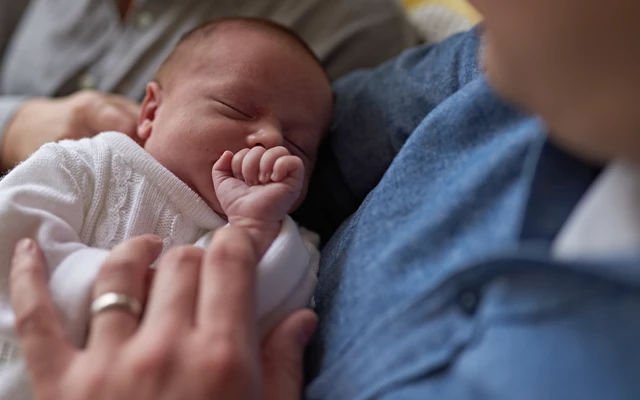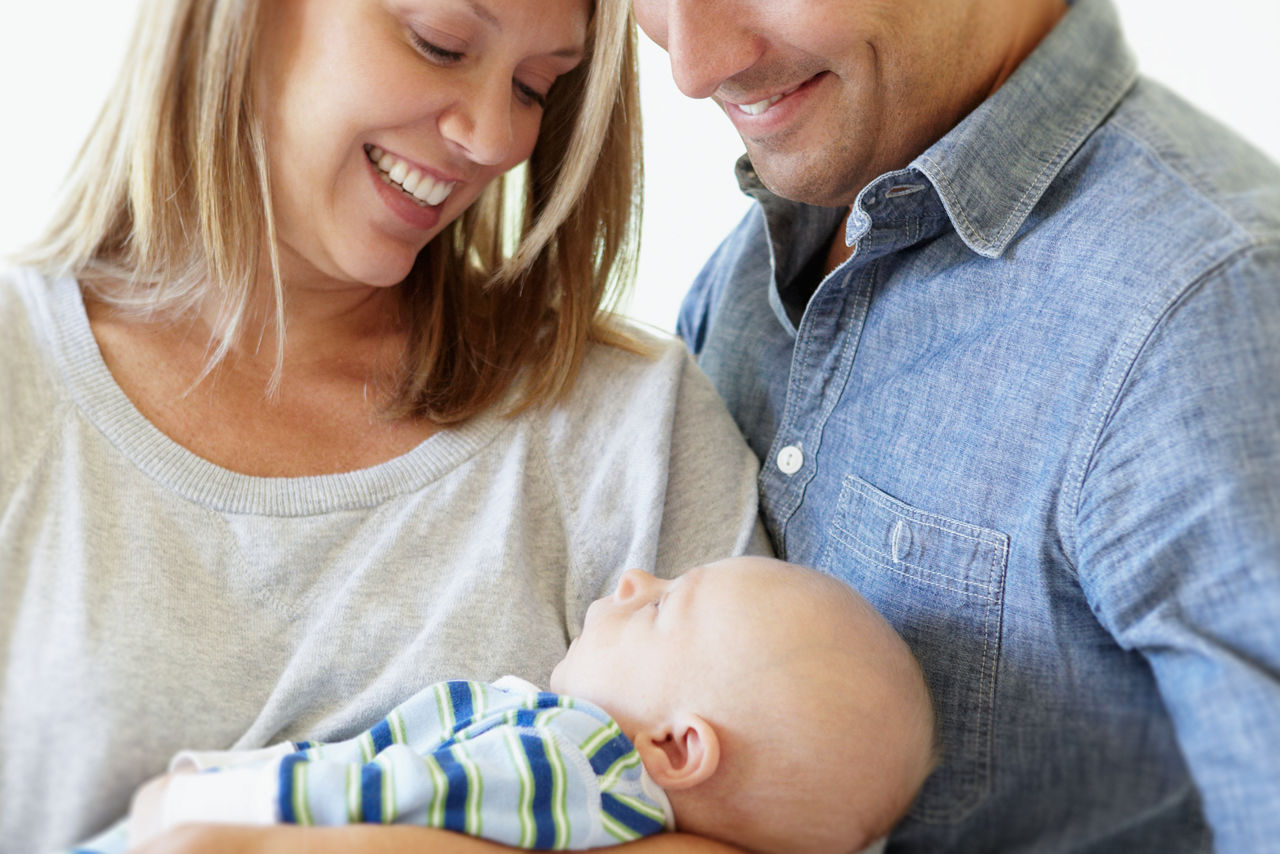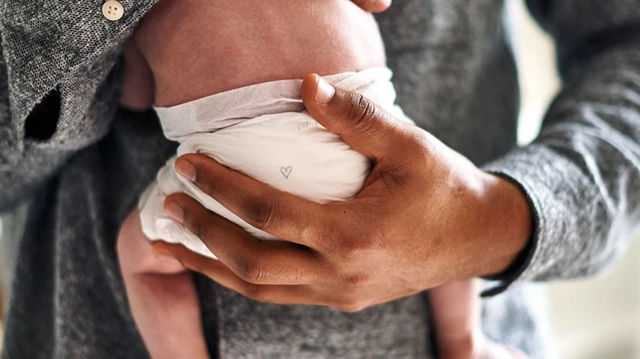Shared Parental Leave lets you share leave with your partner. You can take it in blocks separated by periods of work, but your partner must:
- End her maternity leave for Shared Parental Leave
Or
- End her Maternity Allowance or pay for Statutory Shared Paternity Pay
The eligibility criteria are more complex than that of Paternity Leave – you can find them here or speak to your employer about your options.
When arranging your Paternity or Shared Parental Leave, be sure to give your employer as much notice as possible. Ideally, this would mean letting them know when your partner is around 25 weeks pregnant. Of course, you can’t be sure when your baby is going to arrive, but you may find your employer will be flexible with dates.








